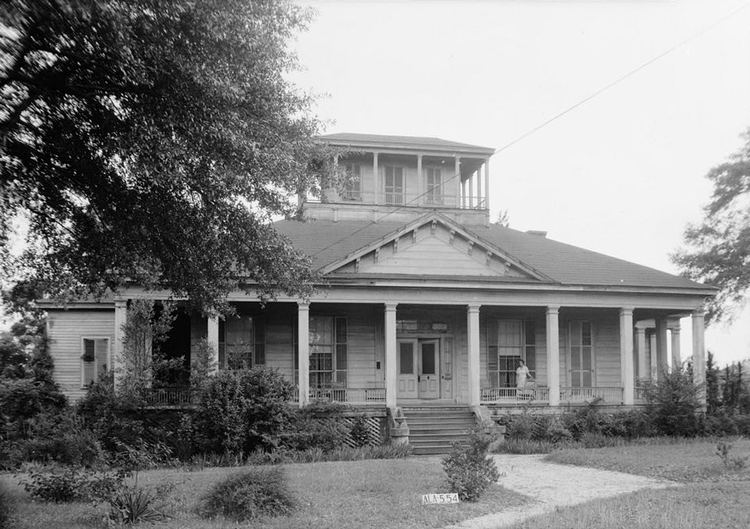Built 1858 (1858) Opened 1858 Added to NRHP 27 May 1971 | NRHP Reference # 71000094 Area 400 m² | |
 | ||
Similar Shorter Mansion, Eufaula National Wildlife R, Lakepoint State Park, Walter F George Lake | ||
Spice girls wannabe lyrics official lyric video
The Cato House was built in 1858 for Lewis Llewellen Cato in Eufaula, Alabama. Cato was an attorney and a prominent secessionist. The one-story frame house was built by slave labor. The front of the house features a broad porch with a central pediment over the double front doors. A central hall leads to a dining room in the center of the house, flanked by parlors and the master bedroom. Another dining room and a bedroom are to the rear. The attic in the shallow-pitched pyramidal roof is surmounted by a small pavilion, itself surrounded by a small porch.
The Cato House was placed on the National Register of Historic Places on May 27, 1971.
The house is reputed to be the setting of the most influential secessionist meetings held in Alabama from 1858 to 1860. Here, a group of lawyers, known as the Eufaula Regency assembled throughout the decade and gave strength to the effort of spawning the Southern Rights Clubs which flourished under the tutelage of William Lowndes Yancey. Lewis Llewellen Cato, an attorney, known in Alabama as "the great secessionist" was Yancey's friend and a prominent member of the Eufaula Regency. Lewis L. Cato came to Barbour county in 1837. He was a native of Hancock county, Georgia, and was a prominent citizen of Barbour during his life. He devoted himself assiduously to the law, and became an able attorney, of very sound opinions. From 1861 to 1865 he represented the county in the senate with credit to his constituents and to himself. He died December 4, 1868.
The Cato Home was the scene of a great celebration when Alabama seceded from the Union. A friend of Yancey's, he was a member of the Eufaula Regency. Lewy Dorman in his Party Politics in Alabama from 1850 through 1860 states, "The most advanced step looking toward secession came from the fire-eaters of Southeast Alabama under the leadership of the Eufaula Regency. It was composed of a strong Southern rights group, principally lawyers from Eufaula." He continues, "They were the most consistent secessionists in the State." The home was built by Catqpn land bought from the Creek Indians. The house has been owned by the Cato family for the greater part of its existence. After the death of Lewis Llewellen Cato, the house was sold to E. B. Young. In 1905 Dr. Julius Cato, a son of Lewis L. bought the house, and Miss Annie Cato, a granddaughter of Lewis L. lives there until 1997. The house is currently owned by Jeff and Trish Thorne. The Cato Home is one of the featured attractions of the Eufaula pilgrimage.
